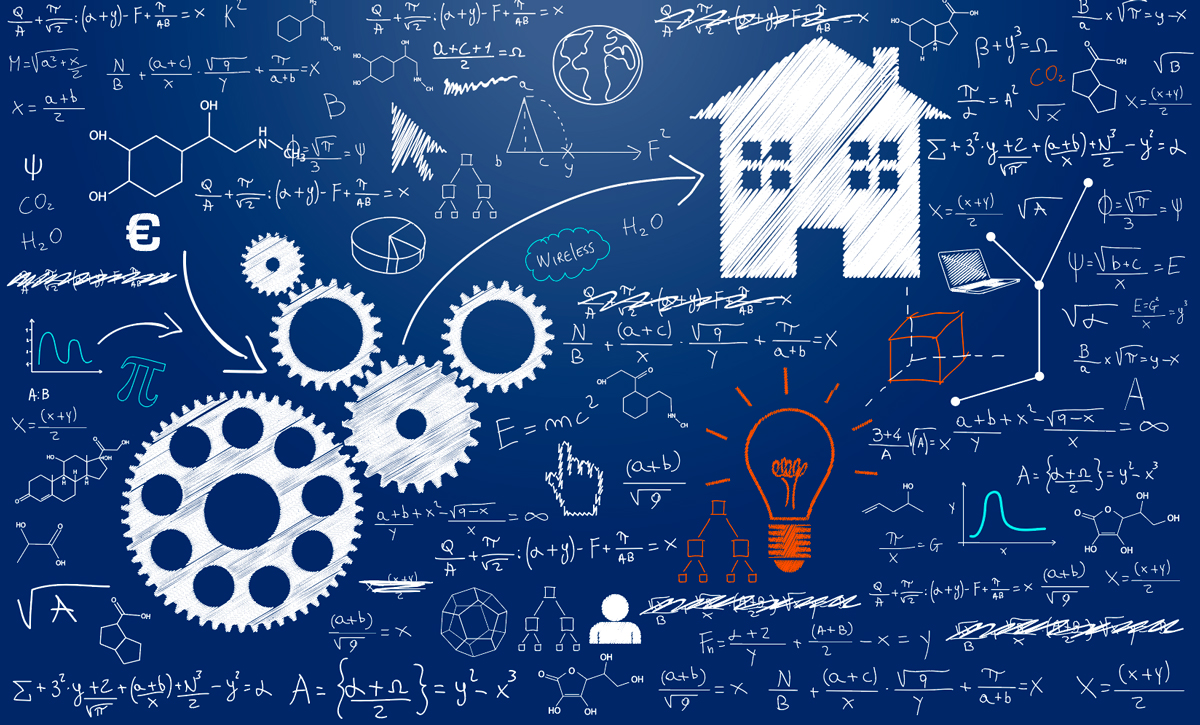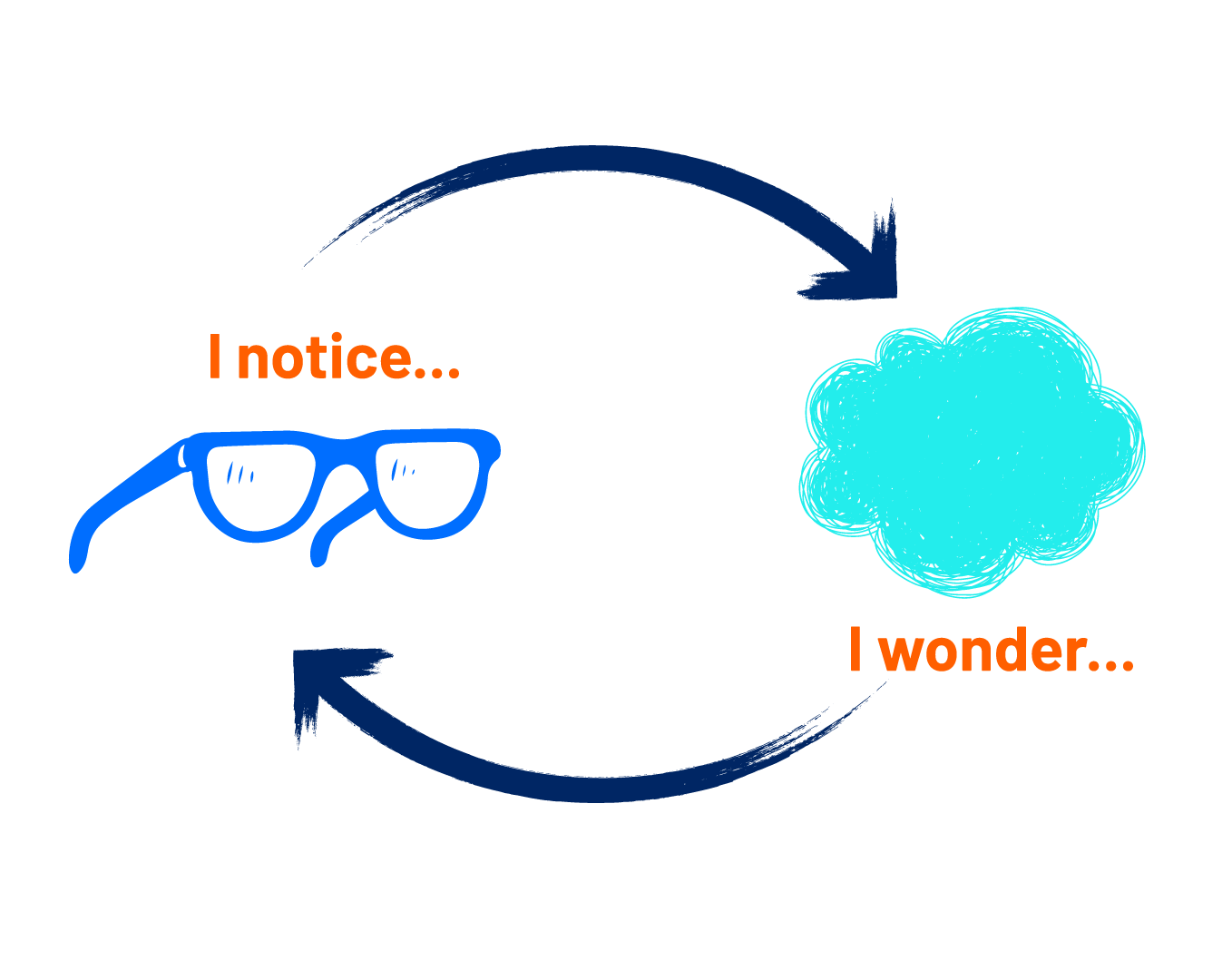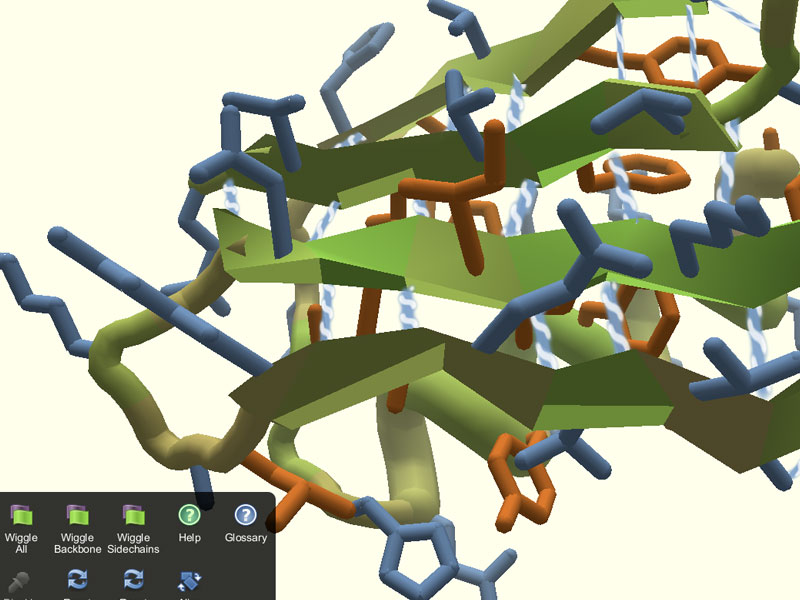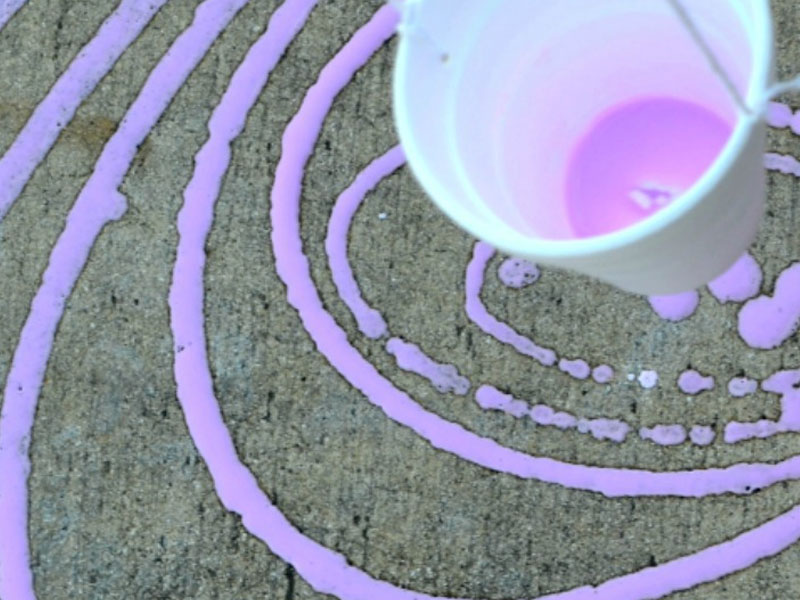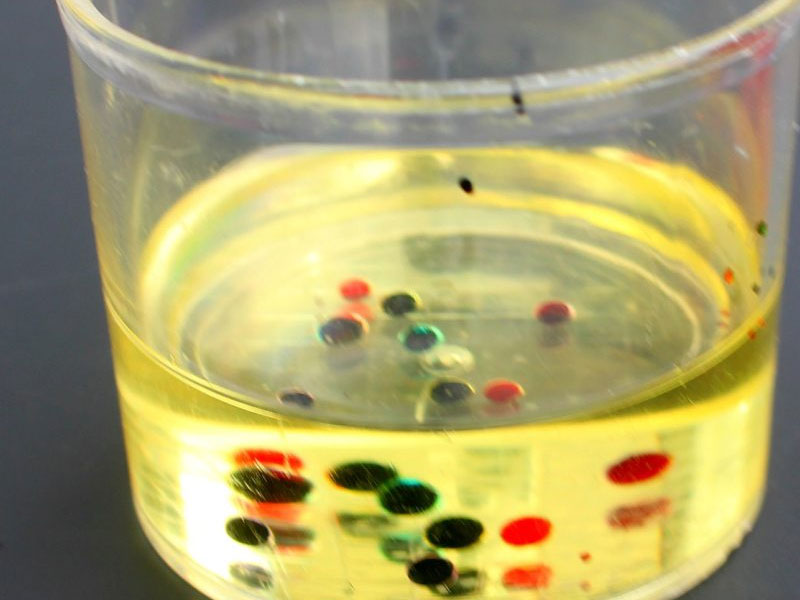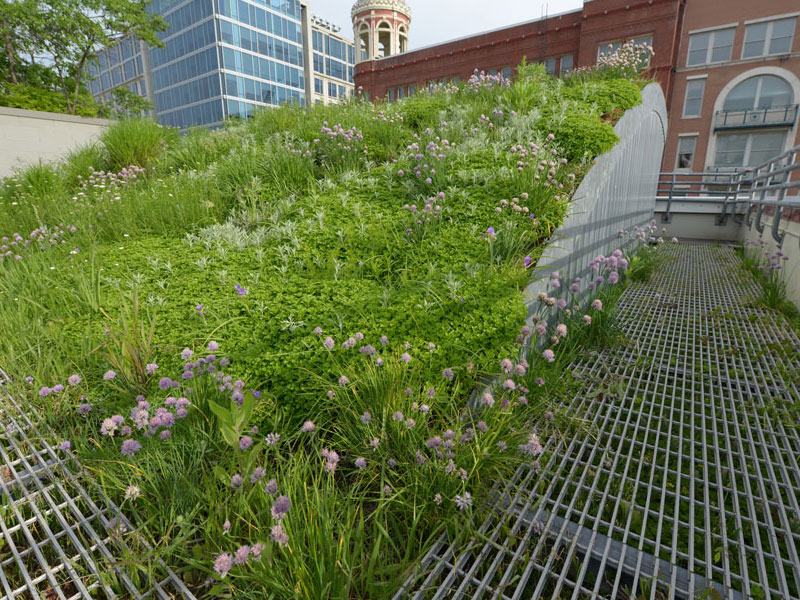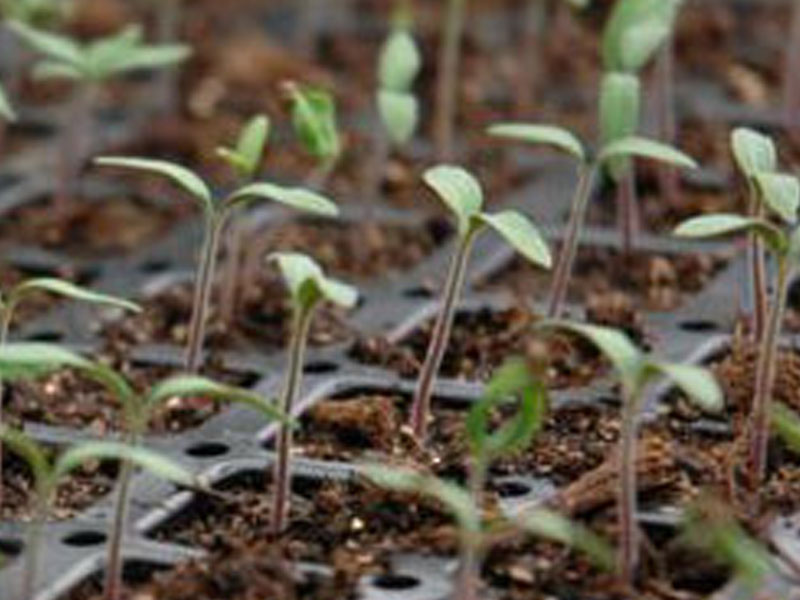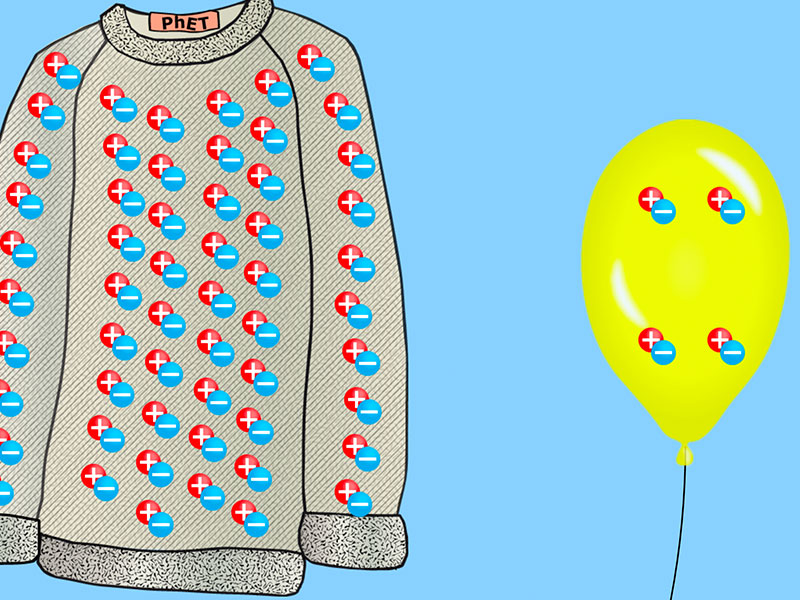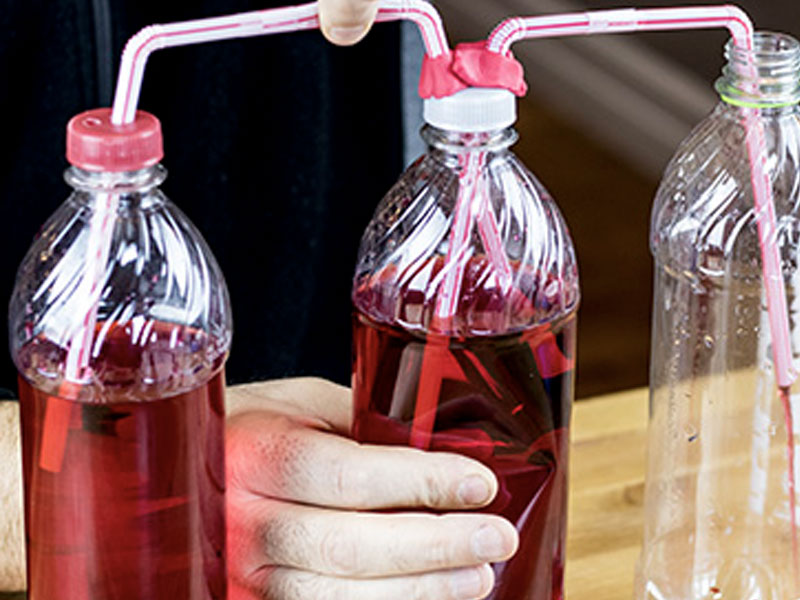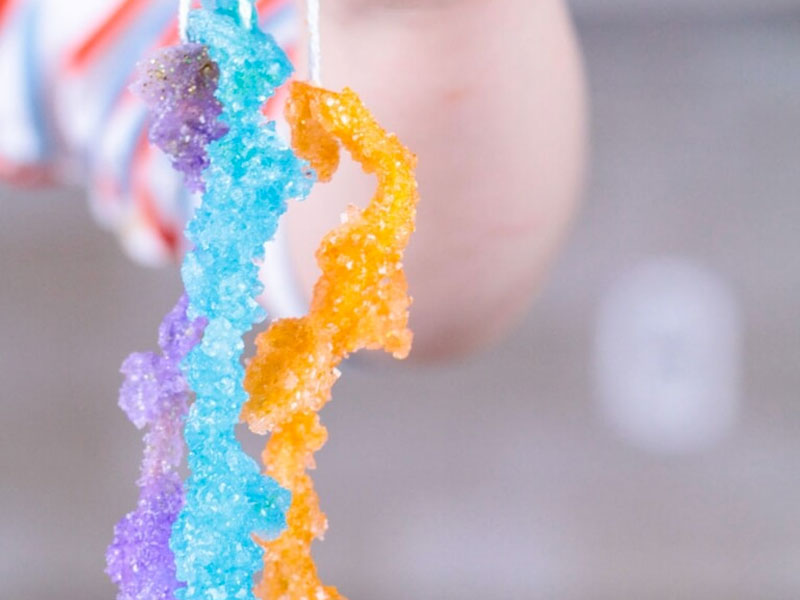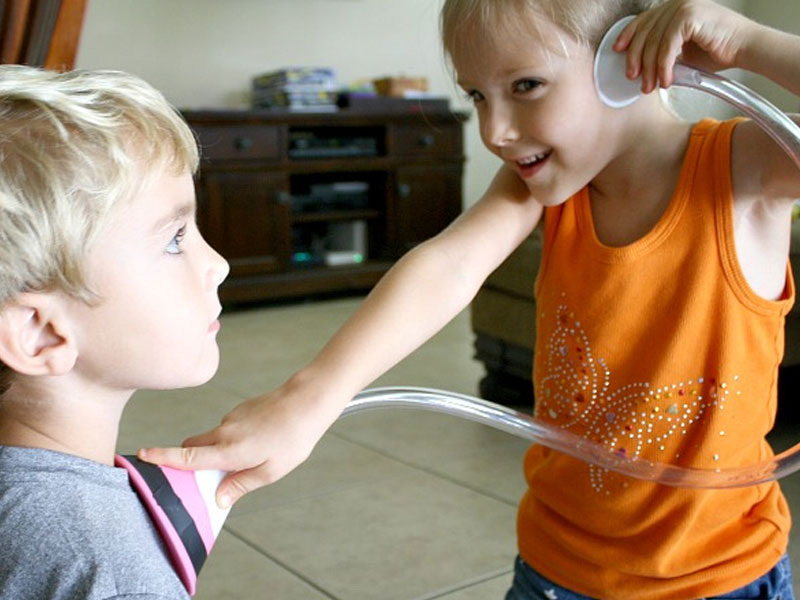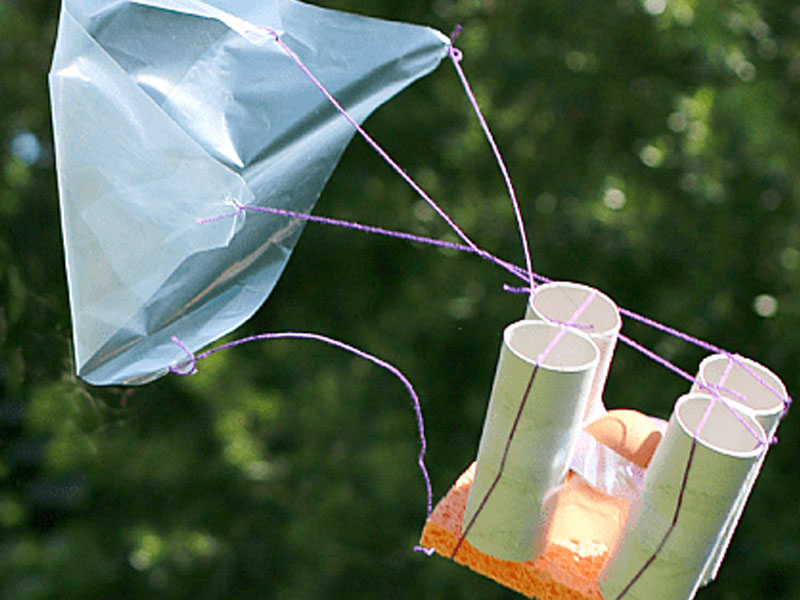ISB Education is continually working to identify effective resources to support student learning. In response to the coronavirus outbreak and the 2020 closure of K-12 schools across the nation, we recognized that many schools and families are looking for resources to meet the needs of students.
To support you in these efforts, ISB is one of many organizations offering STEM learning resources for free. You have arrived at our resources landing page.
This website uses cookies so that we can provide you with the best user experience possible. Cookie information is stored in your browser and performs functions such as recognising you when you return to our website and helping our team to understand which sections of the website you find most interesting and useful.


